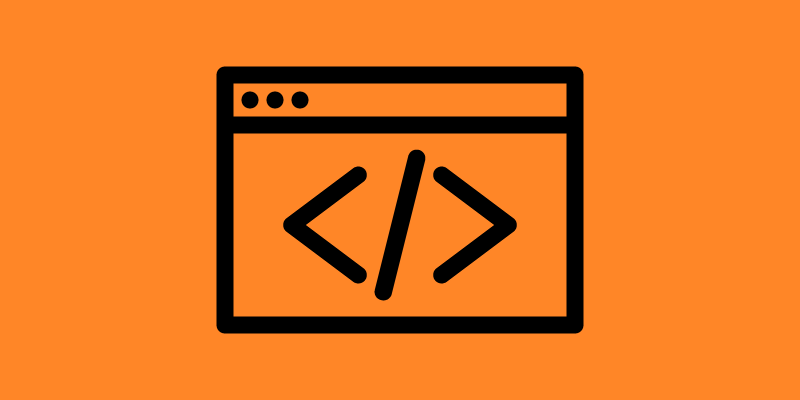Basic Options, Considerations and Best Practices
Human intelligence along with advanced technology such as Artificial Intelligence can propel innovation to new heights. To start this journey, setting up a robust development environment is a foundational requirement. In this article, we will walk through the basic steps to create an AI development environment. From installing AI frameworks like TensorFlow and PyTorch to leveraging cloud services for seamless AI development; we will explore the tools and techniques that allow practitioners to bring their ideas to life.
Installing AI Frameworks
AI frameworks serve as the building blocks of AI development, providing essential tools and libraries for creating and training intelligent models. Among the most popular AI frameworks are TensorFlow and PyTorch.
- TensorFlow: Developed by Google, TensorFlow is a leading open-source deep learning framework known for its scalability and flexibility. To install TensorFlow, follow these simple steps:
- Choose the Installation Method: TensorFlow can be installed using pip, Anaconda, or Docker, depending on your preference and requirements
- Create a Virtual Environment: It is recommended to create a virtual environment to isolate your TensorFlow installation from other Python projects and dependencies
- Install TensorFlow: Use pip or Anaconda to install TensorFlow within your virtual environment, ensuring that you have the appropriate version that matches your system’s configuration
- Verify the Installation: After installation, verify TensorFlow’s presence in your Python environment to ensure everything is set up correctly.
- PyTorch: Developed by Facebook’s AI Research lab, PyTorch is renowned for its dynamic computational graph and intuitive design. To install PyTorch, follow these steps:
- Choose the Installation Method: Similar to TensorFlow, you can install PyTorch using pip, Anaconda, or Docker, depending on your preferences
- Set up a Virtual Environment: Create a virtual environment to maintain a clean and organized workspace for PyTorch development
- Install PyTorch: Utilize pip or Anaconda to install PyTorch within your virtual environment, ensuring compatibility with your system
- Confirm the Installation: Verify that PyTorch is successfully installed in your Python environment, enabling you to begin developing AI models with confidence
Utilizing Cloud Services for AI Development
Cloud services offer a game-changing advantage in AI development, providing scalable infrastructure, cost-effective solutions, and the ability to collaborate with teams worldwide. Leveraging cloud services can enhance your AI development environment significantly.
- Cloud-Based AI Platforms: Leading cloud providers like Amazon Web Services (AWS), Google Cloud Platform (GCP), and Microsoft Azure offer dedicated AI services and platforms that simplify AI model training and deployment. These platforms provide pre-built AI models, data storage, and scalable computing resources
- Benefits of Cloud Services for AI:
- Scalability: Cloud services provide on-demand access to scalable computing resources, enabling AI developers to manage large datasets and resource-intensive tasks without investing in expensive hardware
- Cost-Effectiveness: With pay-as-you-go pricing models, cloud services ensure you only pay for the resources you use, making AI development more cost-effective, especially for smaller projects or startups
- Collaboration: Cloud platforms facilitate seamless collaboration among team members and stakeholders, allowing real-time access to AI models and datasets, regardless of their location
- Security and Compliance: Leading cloud providers prioritize security, offering robust encryption, access controls, and compliance certifications, ensuring your AI data remains safe and protected
- Best Practices for Cloud-Based AI Development:
- Data Management: Centralize and manage your AI data on the cloud, ensuring data security, version control, and easy accessibility for AI model training and evaluation
- Automated Machine Learning: Many cloud platforms offer Automated Machine Learning (AutoML) services, which streamline the process of building AI models by automating hyperparameter tuning and model selection
- Cost Optimization: Monitor your cloud resource usage and optimize costs by scaling resources up or down as needed. Utilize serverless computing options to minimize idle resource costs
- Security and Privacy: Implement robust security measures to safeguard sensitive AI data, employing encryption, access controls, and secure authentication methods
Frameworks, Cloud Services, and Development Environments
As we conclude this first discussion of development environments, we are left with a deeper appreciation of the role that AI frameworks and cloud services play in transforming ideas into reality. Installing AI frameworks like TensorFlow and PyTorch empowers developers to leverage powerful tools and libraries, creating sophisticated models with ease. The dynamic and scalable nature of cloud services revolutionizes AI development, providing cost-effective resources, global collaboration, and top-notch security.
Embrace the challenge of setting up a development environment and unlock the transformative capabilities of AI as it revolutionizes industries, enhances human experiences, and paves the way for a smarter, more connected world. As AI continues to evolve, the constructive interaction between AI frameworks and cloud services will drive unprecedented innovation, shaping the future of technology and advancing the frontiers of human knowledge.
